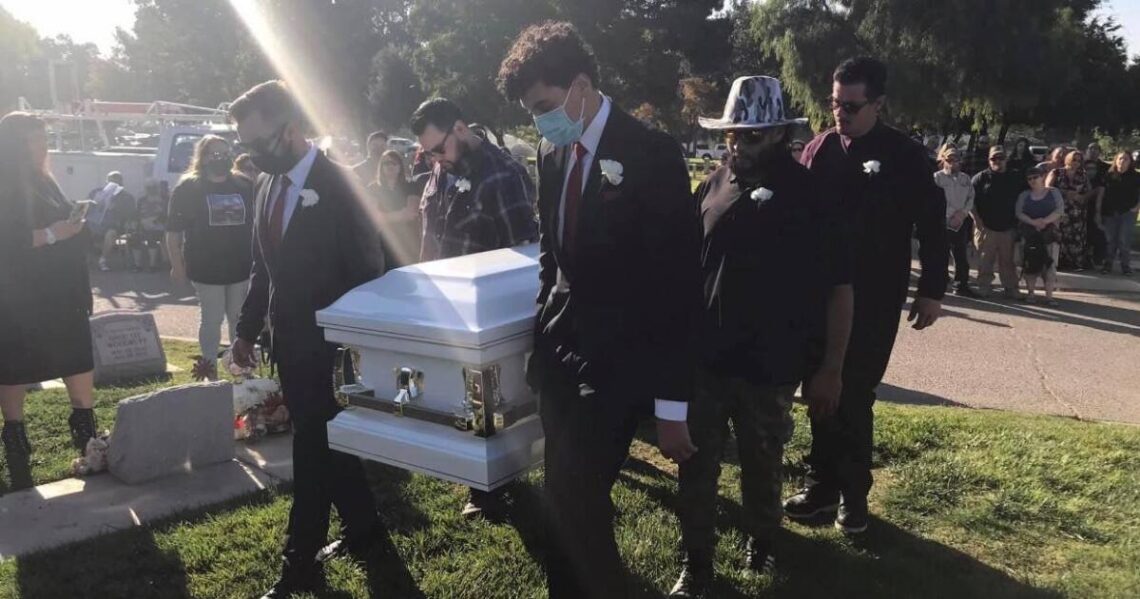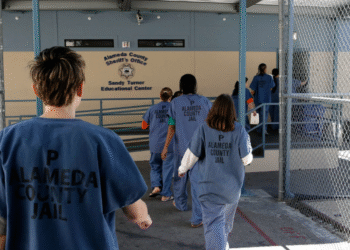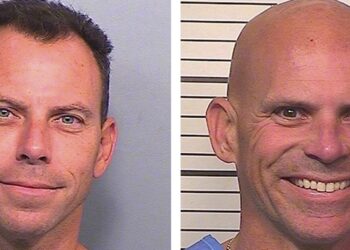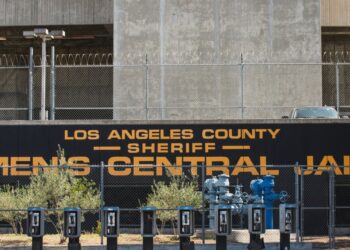On a Thursday morning in October 2020, less than five months after George Floyd was held on his stomach by Minneapolis police until he died, Shayne Sutherland called 911 from a convenience store in Stockton, California, and asked for a taxi.
-
This story was published in partnership with the Guardian.
-
LAist is a member of the California Newsroom, which is a collaboration between major public media newsrooms in the state.
When the operator told Sutherland he’d dialed 911, he said someone was trying to rob him.
Stockton Police Officers Ronald Zalunardo and John Afanasiev arrived at the store about 15 minutes later. In the meantime, a store employee had called 911, saying Sutherland was threatening him with a wine bottle.
In body camera footage that captured the officers’ response, Sutherland seems fidgety, and his speech is difficult to understand at times, but he doesn’t appear violent, and he isn’t armed. He cooperates with police, addressing Zalunardo as “sir” and sitting against a wall outside the store as instructed.
The officers question Sutherland. When he tells them he can’t remember why he’s under court supervision, Afanasiev says, “The drugs probably have something to do with it.”
“How long you been using meth,” Zalnunardo asks. Sutherland stutters and says he’s been using cocaine.
Sutherland briefly stands, then sits when ordered to do so. A minute later, he stands up again. This time, the officers tackle him to the ground and hold him belly-down — a position known as prone restraint. Thirty seconds later, his hands are cuffed behind his back.
That could have been the end of the encounter. Experts say prone restraint can be a safe, effective way to subdue someone and get them into handcuffs —…
Read the full article here







